What is the first thing that comes to mind when thinking about biodiverse ecosystems? Probably the hard-paved, concrete, urban environment is not what you have in mind. Though cities are dominated by one species, (which I assume we are both representatives of), they are ecosystems full of opportunities. Urban environments are compositions of prospects and threats. Seizing those opportunities demands from us a new understanding of environmental protection.
Some people might ask why we should care about urban ecology if there is a vast wilderness out there. Yet studies on urban biodiversity show that it is a cause worth fighting for. If you want to know how important urban biodiversity really is, check it out here.
In this article, we summarize 10 methods that will help you create more biodiverse and environment-friendly designs.
Methods for Increasing Biodiversity in Any Design:
1. Protect, restore, mimic
This is the first and most important rule. Get to know local ecology and protect it. If you think there is nothing to protect, look at it again, and look closer. If it is an already degraded area, understand its past and check if you can restore part of what was there before. Drawing inspiration from the past will indicate what plant species to use in your design, and any systems that need renovating, such as daylighting rivers.
2. Use native species
Some may argue that the urban environment is so drastically different, that some native species may not flourish in it; it is always worth investigating. If you aim to increase biodiversity in both the plant and animal kingdoms, native species will support the richest wildlife. And always remember to avoid invasive species or any that may become invasive in your design area.
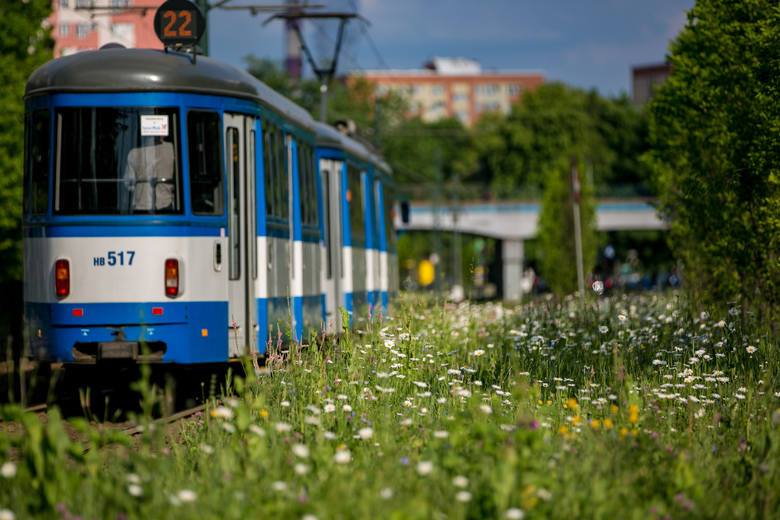
Flower meadows in the City of Cracow, Poland by Fundacja Łąka
3. Create layers
This method is only applicable in climates where layers are the natural order of growing. Although traditional lawns are one of the most popular landcover approaches, they do not provide much of a habitat for wildlife. More naturalistic planting, like flower meadows, can support butterflies, and bees. Taller tussocky grass may become home to animals that are not satisfied with turfgrass. This meta-analysis study from Germany has demonstrated that biotic factors, like vegetation structure, are extremely significant in supporting wildlife. Here you can check other arguments on whether to banish lawns or not.
4. Diversify
Ph. D Sofie Pelsmakers in her book ”The environmental design pocketbook” suggests, that to avoid disease, pests, and to support biodiversity, you should select plants from a maximum of 30% of the same family, 10% of the same genus, and 20% of the same species. If you design a larger area, you should also follow the suggestion of Tan Puay Yok from the book “Nature, Place & People: Forging Connections Through Neighbourhood Landscape Design”, to diversify types of ecosystems.
5. Do not gild the lily
Every space in the design area should be carefully thought through. However, sometimes it might be advantageous to leave a fragment for Mother Nature to design. Natural succession and preservation of natural vegetation are the most failsafe ways to incorporate all the methods outlined above to increase biodiversity.
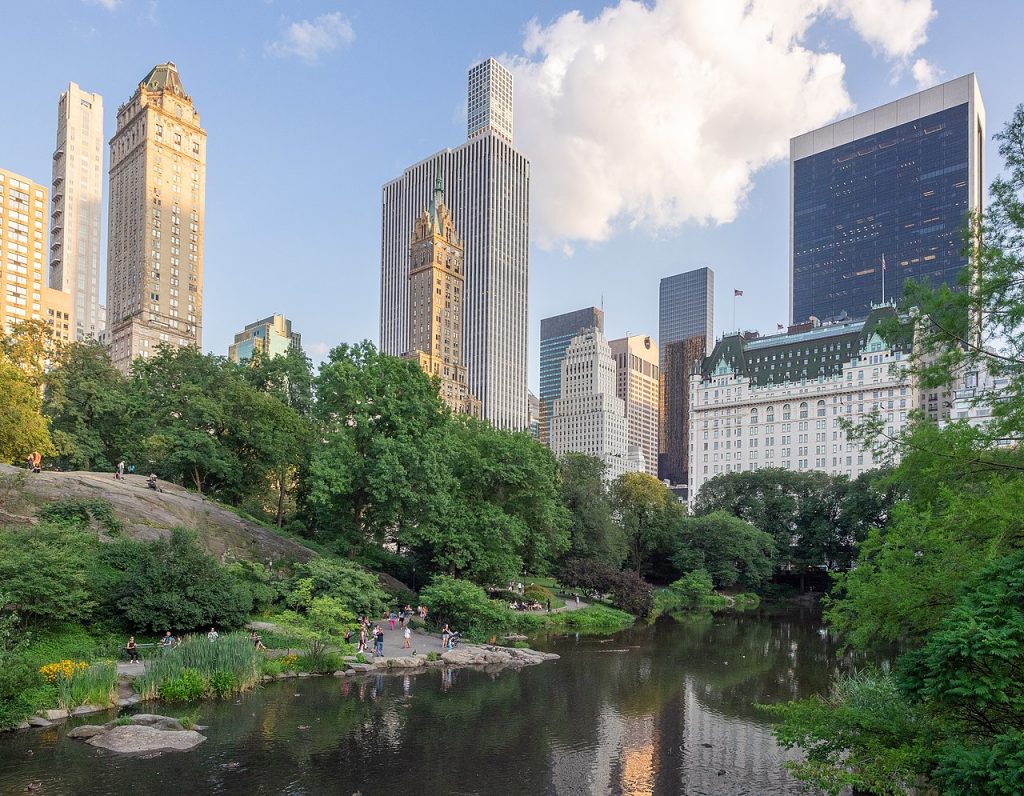
Central Park, Manhattan, New York City by Ajay Suresh CC2.0
6. Offer food, shelter, and nesting place
We may have an influence over-designed vegetation, yet controlling other kingdoms such as invertebrates, mammals, and birds, is not so easy. Nevertheless, providing food, shelter and nesting places might be our best shot. Always support existing habitats with a respectful approach. Different species might need different methods. For example, a high green roof may attract butterflies but be inadequate for bees. House sparrows appreciate nesting 2m above the ground, while peregrine falcons need nesting sites to be more than 20m high, preferably with a good view for pigeon-pray.

Puerto de Mogan, Gran Canaria, Canary Islands by Giuseppe Milo CC2.0
7. Minimise light and noise pollution
Those two can cause psychological stress in humans, as well as in other animals. Nobody likes to live in a hectic area. Therefore, to not repel biodiverse wildlife, keep light away from their resting spots, like ponds, tall trees, and hedges. According to Ph. D Sofie Pelsmakers, light below 3lux at the ground, ideally 1 lux, is required. Avoid white and blue wavelengths.
8. Build corridors
If you followed all the previous tips, you have now quite a decent potential habitat! Now is the moment to allow animals to get to it. According to the previously mentioned meta-analysis study connectivity is one of the most significant factors influencing biodiversity. Connectivity in the matrix is crucial because otherwise, you risk fragmentation and the creation of an ‘ecological sink’ for animals to die in, without enough genetic diversity to sustain subsequent generations.
If a true corridor is not possible, try steppingstones. They might not be as successful as corridors, but they may be a good compromise of cost and ecology. A nice idea for this approach might be pocket parks.
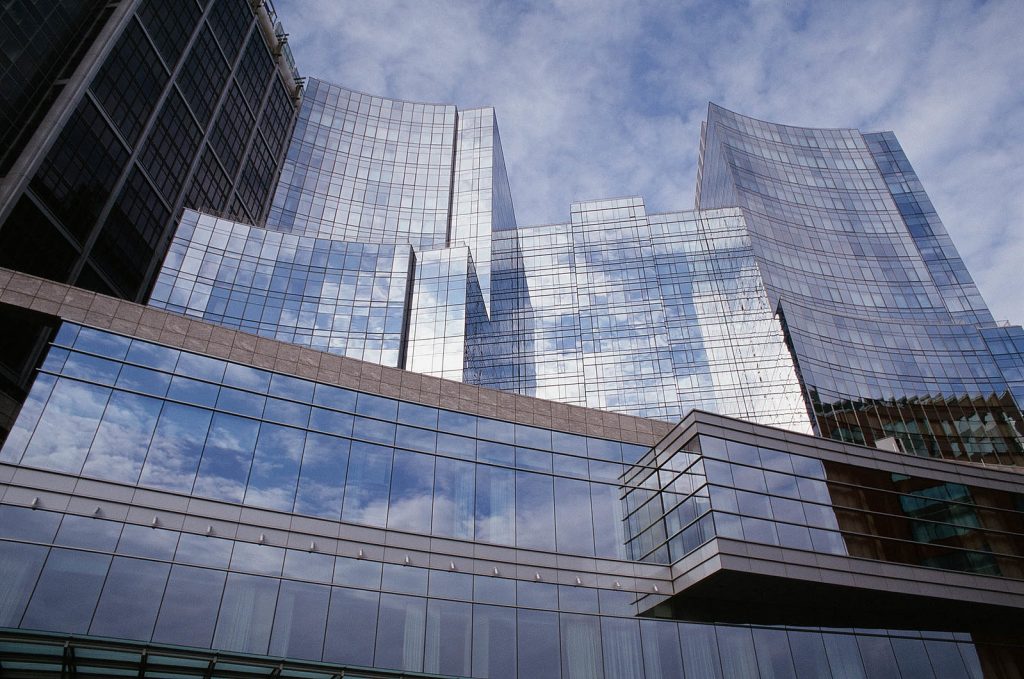
Boston glass buildings by Xavier Häpe CC2.0
9. Reduce threats
Assuming you already considered providing shelters, another aim could be to reduce bird mortality. Birds often fly directly into the glass as they confuse reflections with reality or try to fly through the building. A lot of them die. If you want to avoid this pointless animal death, you can avoid planting new trees near the large glass surfaces and corner windows. Probably the best approach would be to not use big surfaces at all in the first 23m from the ground or use glass safe for birds. You can find other guidelines and information here.
10. Consider management
According to a recent international report, there are four management activities that you should avoid. The report reinforces the point made in method No. 3 above, that short turfgrass lawns and the simplification of habitat structure can have detrimental effects on biodiversity. Another interesting example is not being too tidy. One Australian example from 2010, demonstrated that just leaving leaf litter increased bird species richness by more than 30%. Hedgehogs and other small animals would also appreciate this technique. Lastly, it is important to consider pesticide and herbicide applications, as they usually cannot recognize “good living beings” from “bad living beings” and indiscriminately kill. By design, they reduce species-richness of plants, therefore repel animals.
Time to act on biodiversity in design
Biodiversity is reducing across the planet. It is neither the time nor the place to ignore biodiversity in our designs. Taking species diversity into account might look challenging, but even these simple methods outlined above will help. Firstly, respect what is there. Then consider diverse, native planting, that will attract animals. Then make your designed habitats as hospitable as possible with prescriptive maintenance.
Are there any other methods to increase biodiversity you would like to share with us?
—
Feature Image: Vancouver Land Bridge (Confluence Project)
Article by Agnieszka Nowacka


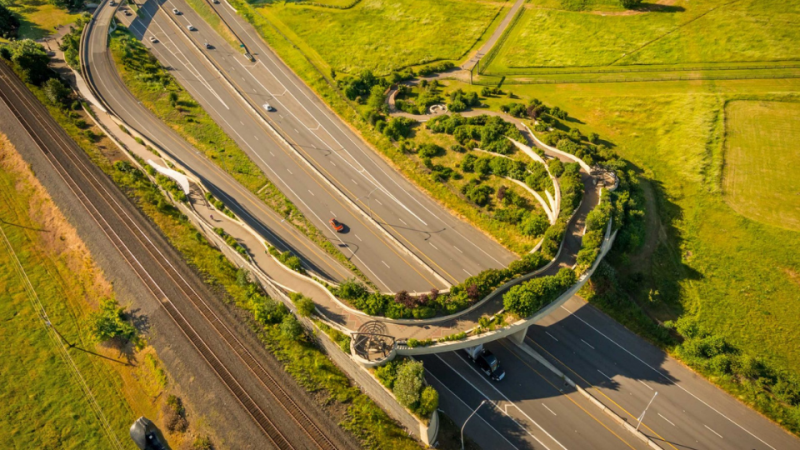
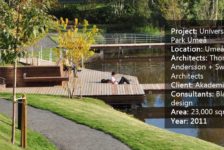

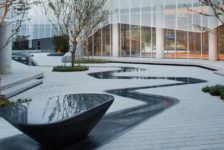
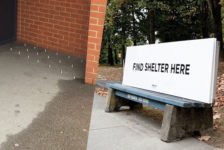

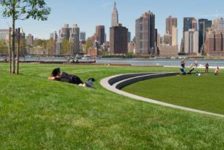
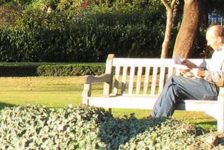
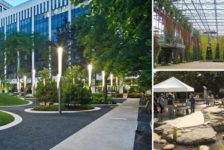

QING LI
There is no doubt that this is an excellent point of view